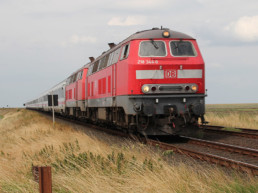Train travel in Europe is one of the most efficient, comfortable, and scenic way to move about the continent. The resounding sense of excitement and anticipation in European train stations are palpable as hundreds, thousands, of people swarm in all directions, some sprinting to make their trains, others waving off departing loved ones from the track level. The stations themselves are often stunning architecturally, evoking the strongest sense of European grandeur. They’re the perfect spot to either embark on an epic journey or to be first to greet you to a new destination.
Why Train Travel in Europe is the Way to Go:
The scenery is often lovely. Traveling by train is my preferred means of venturing short to medium distances in Europe. Often the tracks are carved into the natural landscape providing a view that is far superior to that on any highway. Grabbing a window seat and watching the constantly evolving scenery will make even a several hour trip go by in a breeze.
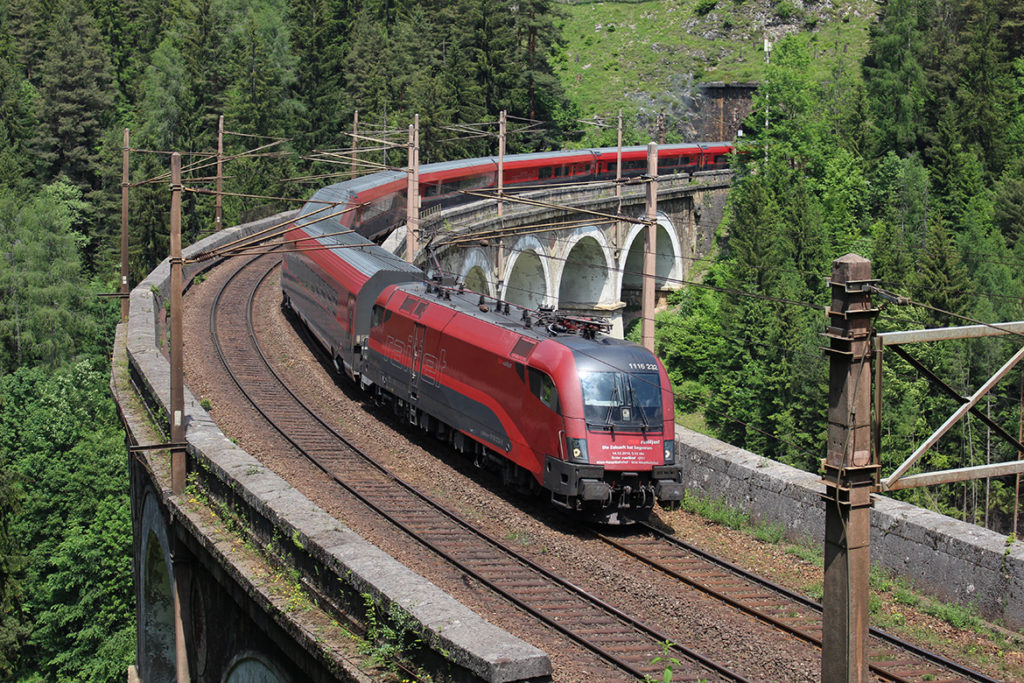
Depart & arrive in the centre of town. Most European cities have their main train station conveniently located right in the middle of the town centre. As the downtown is typically in close proximity to tourist clusters, arriving by train makes it convenient to see the main sights or to get to your accommodation. You can even plan your route and itinerary to include stopovers at cities you would like to see, albeit briefly. If you’re not planning on spending time in the centre, the station is likely the main hub for subway, tram, and bus connections to other areas of the city.
Avoid airport hassles. While flying within Europe is a great way to travel quickly and inexpensively (on one of the many discount carriers at least), there are many less than desirable aspects of air travel. Airports are generally quite a ways out of the city, especially if you’re flying into small regional airports with Ryanair or Easy Jet where the distance to the city can be over 100km. Add in the fact that you have to check in early, go through security and customs, deal with frequent delays, wait for baggage, and travel up to an hour each way, it could take more time, and definitely more hassle, to go by plane versus train.
It’s comfortable and relaxing. As far as mass travel options in Europe go, taking the train feels the most civilized. The cars are often modern, the seats reasonably large and comfortable, and your fellow passengers respectful. And once you take a seat on the train, your work is done; there’s no need to navigate the roads, which can be highly stressful when you’re not accustomed to driving in a certain country. You can just sit back and watch the world zip by.
You’re traveling like a local. Traveling by train is truly the European way. Taking the train is part of many European’s day to day life, whether it be commuting to and from work, heading downtown in the evening, or going on holiday. Jumping on the train is a great way to meet locals or just partake is some good old fashioned people watching.
It’s an extensive network. The beautiful thing about trains in Europe is that they cover such a wide scope. The vast rail lines link major metropolises to tiny, local spots making it easy to jump from town to town, experiencing both big cities and smaller regional towns in one trip.
It’s easy. Given the scope of the rail infrastructure and all of the cross border routes, train travel in Europe is well organized, in the west at least. For the most part, the network works very efficiently, often operating precisely on time. The trains are clean and efficient.
Point to Point versus Eurail Pass Decision:
If you plan on taking a limited number of train journeys in a concentrated area buying single point-to-point tickets is likely the best option. Alternatively, if you’re thinking of taking several trains across a large distance, you may want to investigate a Eurail Pass.
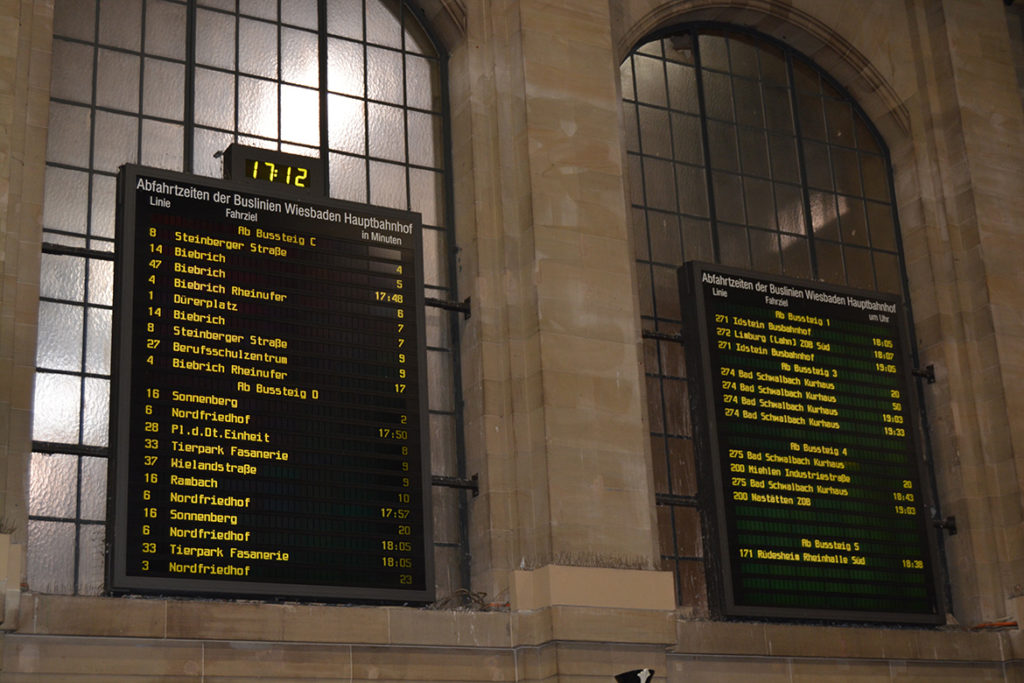
Eurail passes are most popular with gap year travelers, often looking to cover a huge amount of terrain in a generous time period, but can be cost effective depending on your plans. Be advised that Eurail passes can only be purchased by non-Europeans, while Interrail passes are on offer to Europeans.
Eurail passes come in several iterations; the gold standard pan-European Global Pass, Select Pass (four countries), Regional Pass (two countries), and a One Country Pass. Once you have an idea of the scope, you’ll need to determine the duration of pass required, which range from three days to three months.
The passes often allow for a certain number of travel days within a defined period of time such as ten travel days within two months, for example. This means that you have two months from your first travel day to travel as much as you want on ten days within that range. At the premium end, there are one, two, and three month continuous travel allowing you to take as many trains as your heart desires within that time period meaning that you don’t have to be strategic with your days.
You’ll need to do a bit of research and advance planning to pick the most economical option. Determine a rough itinerary to understand your route and time spent in each region to determine the minimum amount of travel days to keep the price down. Keep in mind though that being a 25 and under pays off big time with up to 40% off the adult fare.
Planning & Booking Train Travel in Europe:
Use Deutsche Bahn to plan. No matter where in Europe you’re traveling, the German rail system Deutsche Bahn has the best website to determine routes, times, durations, and prices across the entire European train network. Use Deutsche Bahn to figure out the best route options and then go to the local train site to purchase if not traveling through Germany.
It pays to book in advance. If you’re buying point-to-point tickets you’ll get the best rate with the specific rail company, which often offers deals if you book ahead of time. Train operators utilize airline style pricing, offering lower discount prices in advance with steep inclines as the departure date gets closer. Buying specific tickets in advance will be more economical but you will have less flexibility to deviate from the plan. There are a few countries that do not provide pricing incentives for early bookings.
Tickets can also be purchased at the station. If it’s a last minute decision to travel or you’re just not one for pre-planning, you can buy tickets at the station, either from a ticket counter or a machine. But don’t just show up five minutes before your train is set to leave as there can be long queues for ticket agents and terminals so give yourself a buffer.
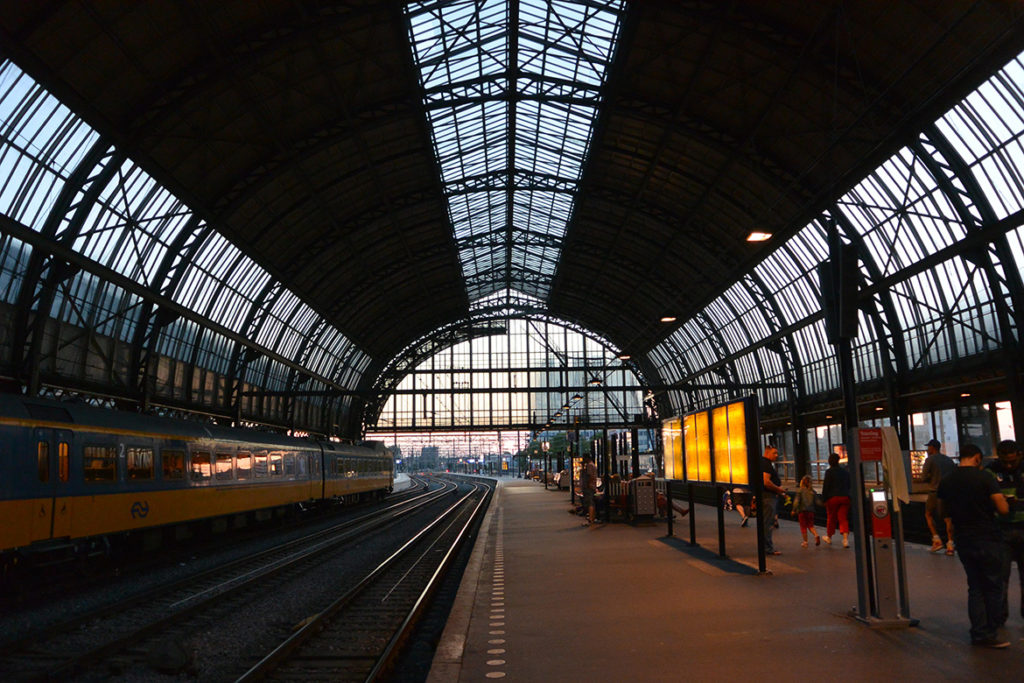
Choose the right arrival station. Many larger cities have a central station as well as several smaller ones with the city in their names making it confusing when planning your route and purchasing tickets. Also there are many cities with similar names, which lead to much confusion and botched plans. Double check that you’re buying a ticket to the correct station.
Time of day matters. It pays to be flexible on the time of your travels if you’re attempting to keep prices down. Journeys during peak times – like morning rush hour – tend to be pricier than less busier times such as early afternoon. Keep that in mind when booking and always compare the cost across various departure times.
Choose your route carefully. Direct routes on high speed international trains are, unsurprisingly, more costly than taking local trains that make more frequent stops and that might include a connection. The tradeoff is often time versus money so chose the route that reduces the one you value most.
You can reserve. Depending on the country and type of train, reservations may be a requirement, an option, or a no-go. Reservations are often available or mandatory on some international and regional trains (ICE, Renfe, Deutsche Bahn, and SNCF are some examples) and if optional, it’s up to you whether you opt for a reservation or not. It’s a gamble; it’s a guaranteed seat but may have to pay up to ten Euros leading many to wonder whether it’s worth it. I’ve been burned time and time again both ways, either paying for a reservation only to find myself on an empty train or risking it and spending a 250km journey upright, so what you do depends on how risk averse you are. But don’t be daft – during busy or peak periods it can be down right impossible to find an empty seat so pay up for a reservation on these journeys.
Be on the lookout for discounts. Take advantage of Youth and Senior discounts if applicable. If you’re traveling a lot within a certain country or region, it’s worth checking if there is a discount card or a regional pass such as the Bayern Pass for travel in Bavaria.
The type of train you take matters. In most countries there are varying types of trains. The nomenclature differs from spot to spot but essentially there’s three standard types: local, national, and international. Local trains usually stop at every single station between two hubs, connecting you to some of the small towns brimming with charm. National trains often connect larger cities within a country considerably faster than local alternatives as they make fewer stops so command a higher price. International trains connect major cities across the continent at high speeds with the most direct service and, hand in hand, the highest cost.
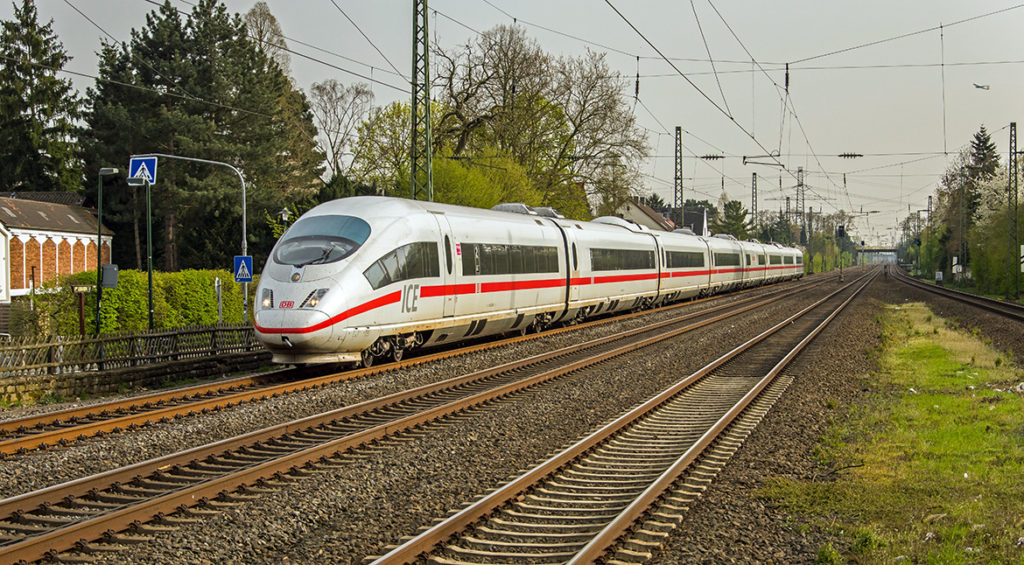
Overnight trains aren’t so bad. Overnight journeys can be ideal for long distances as you won’t waste precious daylight, it saves you the cost of a night in a hotel, and you will (hopefully) sleep through most of it. Best to book in advance as it’s typically reservation only and once the seats are gone, they’re gone for good. There are various options to choose from when booking an overnight train: sleeper, couchette, and standard seat. Sleepers are the most luxurious featuring real beds with mattresses and a wash basin. Couchettes, compartments with one to four beds, offer a more basic sleeping arrangement. With both types you pay for your bed and will be co-habitating with other travelers unless you’ve paid for all of the berths in the compartment. The beds are stowed during the day with typical compartment seating. Selecting a standard train seat will mean that you’ll be upright for the entire journey, making it challenging to get good sleep so best to avoid at all costs.
Departing:
Give yourself sufficient time. While it’s not necessary to arrive early and check in to your train (except for Eurostar trains from London that travel under the Channel), it’s smart to give yourself some extra time as train stations, particularly in large cities, are busy and chaotic places. Thousands of people scrambling in all directions, dozens of platforms, and a foreign language can cause even a seasoned traveler to become quickly confused.
Head to your platform. There are often electronic boards displaying all of the upcoming train departures dispersed around the station. With hundreds of trains a day in major stations, only the trains leaving the soonest will be listed so if you’re early, you will either have to wait until your train rises in the queue or you can ask an agent for what platform your train will arrive before it’s posted, but be sure to check closer to your departure in case there has been an unexpected platform change. When trains are delayed, the platforms can change and are announced in the local language so keep an eye on what other travelers are doing around you. At the track level, there will be a board displaying the information for the next train on that platform. The train system in Europe is a well oiled machine and several trains can come through a single platform in a matter of minutes, stopping only briefly for passengers to get on and off, so be sure you’re getting on the correct train. When in doubt ask a friendly looking local.
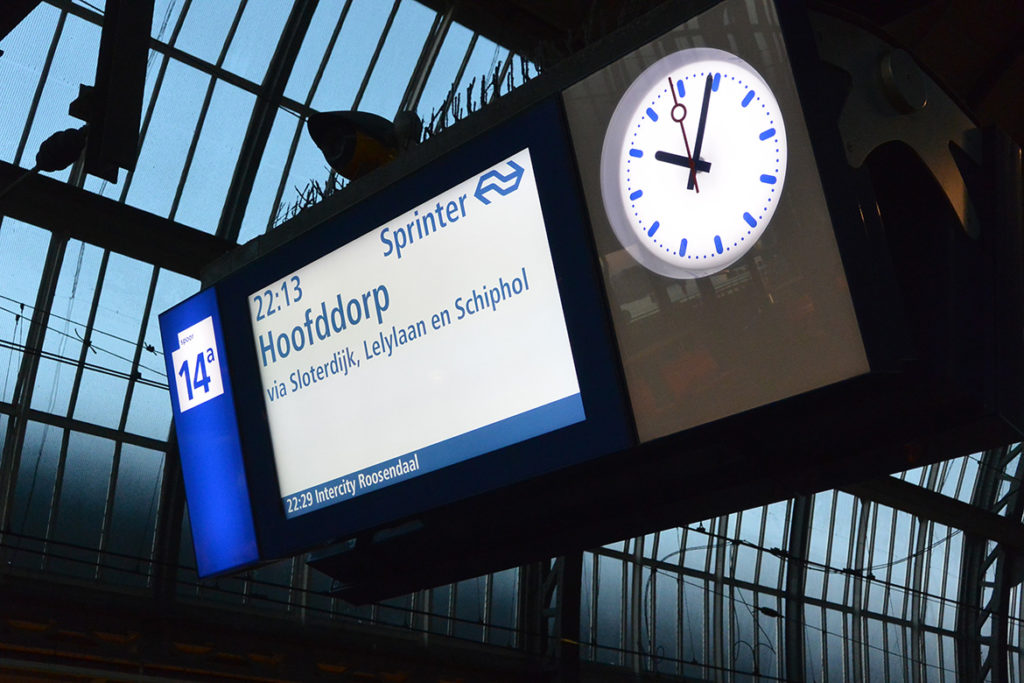
You don’t need a lot of time for connections. When you’re taking a multi-stop route and look at the itinerary, you may be shocked that some of your transition times are quite short, like less than five minutes. This often causes anxiety for travelers as we’re used to everything running late and can’t fathom that we’ll be able to make it off a train, cross the station, and board another train in a mere 240 seconds. However, trains run pretty close to schedule and major delays are infrequent. Also, switching trains takes a lot less time than you would imagine, and the platforms are typically close by (like directly beside) when there are very tight stopover times. And if your fears are realized and your train is delayed, you can usually get another soon after. That being said, if you’re connecting to a train that runs infrequently, is reservation only (and often sold out), or have major travel plans hinging on your time of arrival, you can always opt for a longer stopover time. You can do this online on the Deutsche Bahn website or have a ticket agent plan out a more conservative itinerary.
Pay attention to your route. Most train journeys in Europe involve at least one connection change so you will need to be cognizant of where your transfers occur and keep an eye out for those stops en route. When you book online you can see where the stops occur and if buy your ticket at the station, you can print off an itinerary for your trip from the automated machines or request a copy of your route from the agents at the ticketing desk.
Find out where your seat will be. At the track level there are usually train maps that show where the different cars and compartments will be relative to the platform so that when the train comes in, you’re positioned in the best spot and avoid having to lug your luggage through multiple busy cars to get to your seat. If you have a reservation, your ticket will have the car number that you can compare to the train map. This only applies for trains with dedicated seating where reservations are available or required.
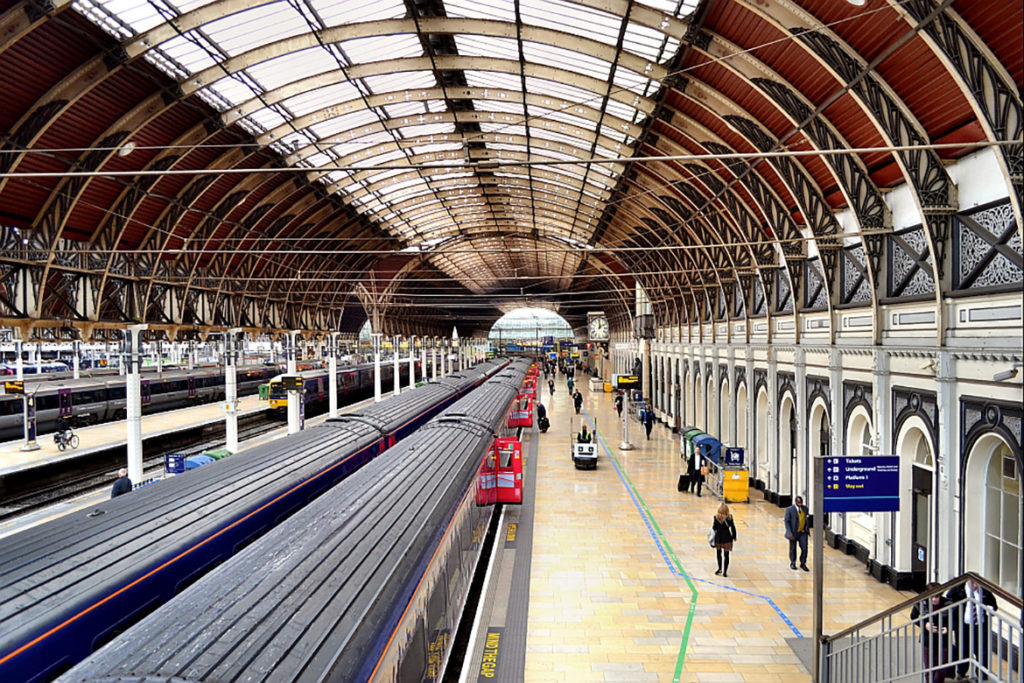
Grab some snacks. You can bring your own food and drinks on the train to enjoy during your journey. Most stations, with the exception of small rural stops, have shops and food vendors where you can stock up before your train departs. If you’re not that organized, there’s also a dining cart on the high-speed national and international trains.
Don’t lose your ticket. Often tickets are not validated before boarding but are checked by staff once the train has left the station. You pay a hefty fine for not having a ticket for the train that you’re on so if you realize you don’t have a valid ticket, find a train employee quickly and let them know. They may allow you to pay for a ticket instead of charging you well above the price if they find out that you don’t have a ticket when they do their rounds.
Validate if required. Italy and France require that you validate your ticket before getting on the train, which you can do at track level machines. Just follow the lead of the locals.
On Board:
Finding a seat. If you have a reservation, then this is super simple. Just find the seat number on your ticket and ensure you’re in the correct car (displayed outside of the train by the boarding doors or inside above both the front and back entrances into the car). If you don’t have a dedicated seat, you will need to find one without a reservation as just because a seat is empty, doesn’t mean it’s available. Typically the reservation information is displayed above the seats and are usually for a certain segment so if you’re taking a train from Amsterdam to Basel and a seat is reserved from Dusseldorf to Frankfurt, it’s yours for the taking before and after those destinations. Also, don’t sit in First Class unless you have bought a ticket for this section – it’s typically indicated with a ‘1’ on the car doors.
It’s okay to walk between cars. When trying to find a seat, you can move between the cars often by pushing a button to open the doors. A good strategy if a train will be busy and you don’t have a reservation is to head to one end of the train where less people get on and walk through the cars until you track down a free seat.
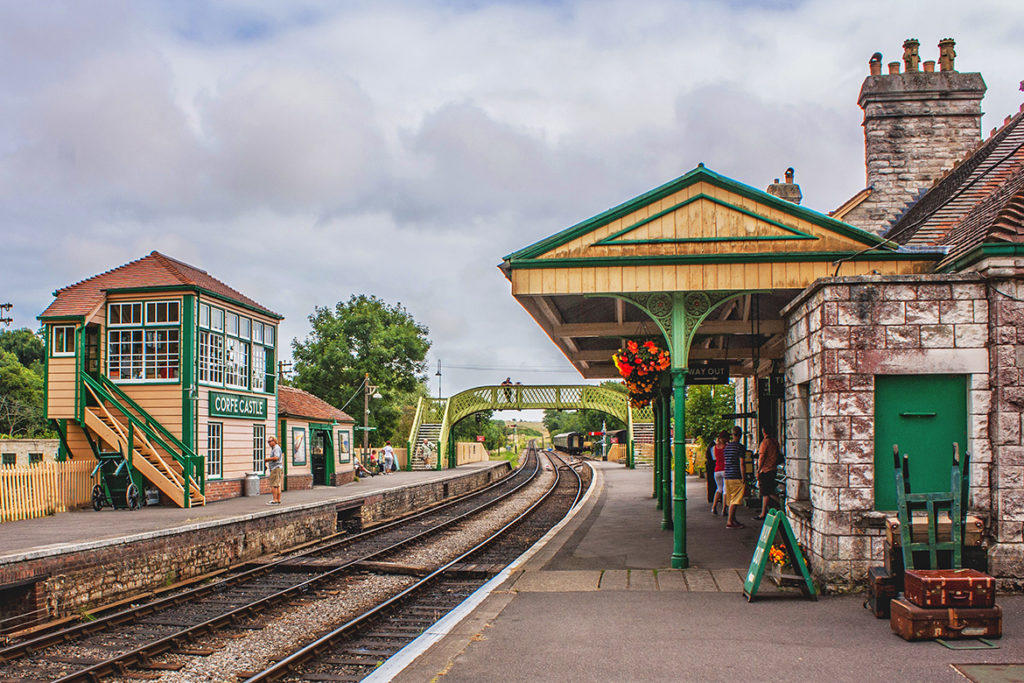
Beware of splitting trains. Some trains split off en route, with sections of the train detaching and veering off to another destination so be sure you’re in the portion of the train that’s going to arrive at your final stop. I learned this the hard way on a train from Amsterdam to Maastricht when the part of the train I was in suddenly split and I watched in horror as we headed off in the wrong direction. Most train maps on the platform show if there will be a split and what component of the train goes where.
Try the dining car on busy trains. Dining car seats are never reserved so could be a good strategy during busier times. You are required to buy something though to justify occupying a seat.
Seating styles differ amongst trains. Some trains have only two by two seats, some have only compartments seating six to eight, and some have a combination of both. If you’re partial to one or the other, check in advance online.
Keep to the train etiquette. The cars are often quiet even in non designated quiet areas and people tend to avoid loud conversations. Keep your luggage in the racks above the seats or at the front and back of each car. Keep the aisles free so that people can get by.
Be on high alert for theft. While train travel in Europe is mostly safe, don’t let your guard down as theft is prevalent both on the train and at the stations. With hundreds of travelers coming and going at the various stations, it’s easy to get swept up in the bustle of people and lose track of your belongings momentarily. Keep your luggage in sight and your personal belongings such as wallets, purses, cameras, phones, and laptops with you, preferably attached to you. Read this unfortunate cautionary tale of a photographer having his expensive camera, gear, and three months of photos stolen when he took his eye of his bag for a split second.
Missing your connection. On routes not requiring a reservation you can usually jump on the same level of train or lower (international, regional, local) without getting a new ticket if you have an open ticket, as most fares are for a route and not a specific train. For example, if you’re traveling in Germany and your ticket is for an international high speed ICE train, you should be able to take any other ICE, regional or local train to your final destination. But if you have a ticket for the local train that you’ve missed, you can’t take the more expensive ICE or regional trains unless you pay for a supplemental fare. If you’re unsure, speak to an agent when you know you’re train is going to be delayed or go to either the information booth or ticket counter to get help.
If you have a train specific ticket, often these are bought in advance with a discount, track down a staff member on the train and have them validate the delay by endorsing your ticket, which will allow you to continue on alternate trains to your final destination. If you’re traveling on a reservation only train, make a trip to the ticket counter upon your arrival to verify that there’s room on the next train.
Arriving:
Get off at the right stop. This may be the most common mistake by visitors and can even mess up seasoned travelers. Most major cities have a main station and often small satellite stations outside of the city centre. Often you’ll hear the name of your final destination and think it’s your stop, when in fact it’s actually just a local stop to service the outskirts of the city. For example, the station immediately preceding Köln Hbf (the central station in the middle of town) is Köln Messe/Deutz, which is on the other side of the Rhine from the centre of town.
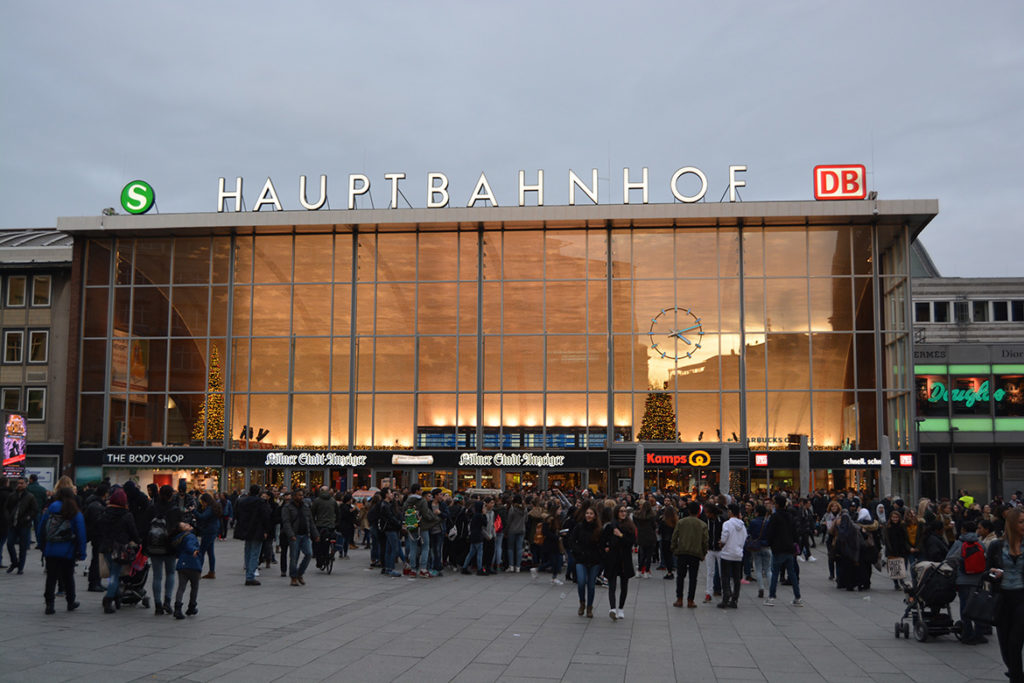
Ensure you have all of your belongings. Be cognizant that you don’t leave anything on the train as you’ll be lucky if you ever see it again. Make sure your bags are closed and secure as thieves pray on the chaos at large stations.
Check out the tourist office. There’s often a tourist office in the main train station or in close proximity in major cities providing resources like maps, accommodation bookings, and attraction tickets. Helpful so you know you’re on the right path and sets you up with what you need so you don’t need to come back for this information once you’re settled.
More Resources for Train Travel in Europe:
While this is an overall guide to train travel in Europe, the following resources can help you with country specific information.
Rail Europe. Get the information straight from the source through the official Rail Europe site. Here you’ll find all of the details regarding rail passes and country specific offerings.
The Man in Seat 61. The gold standard for train travel in Europe and around the world, The Man in Seat 61 has an abundance of information on how to travel by train in every European country.
Rick Steeves. The Rick Steeves site has a bunch of articles pertaining to train travel in Europe. The forum has a ton of Q&A or you can post your own question if it hasn’t already been covered.
Well that’s one mammoth guide to train travel in Europe – and one that I hope is helpful. Have any of your own tips or tricks? Or do you have any follow up questions? Let me know in the comments!
Train Travel in Europe pictures courtesy of Flickr; Rob Dammers, Philipp Oberhaidinger, Jason Bowler, Robert Pittman, Jorbasa Fotographie; JP Bervoets. Some of the links in this article are for affiliates, though we always only recommend things we fully endorse.
Make your next trip the best one.
Departful is a full service travel agency creating truly exceptional travel experiences that are 100% personalized to you. Wherever you’re going, whatever your interests, we help you plan the perfect trip.
Lauren
Lauren co-founded Departful in 2012 and is the Managing Director of Departful Media. Since then she has worked between North America and Europe and has published content in partnership with a variety of tourism boards and businesses based around the world. Lauren is currently based in Toronto, Canada.


